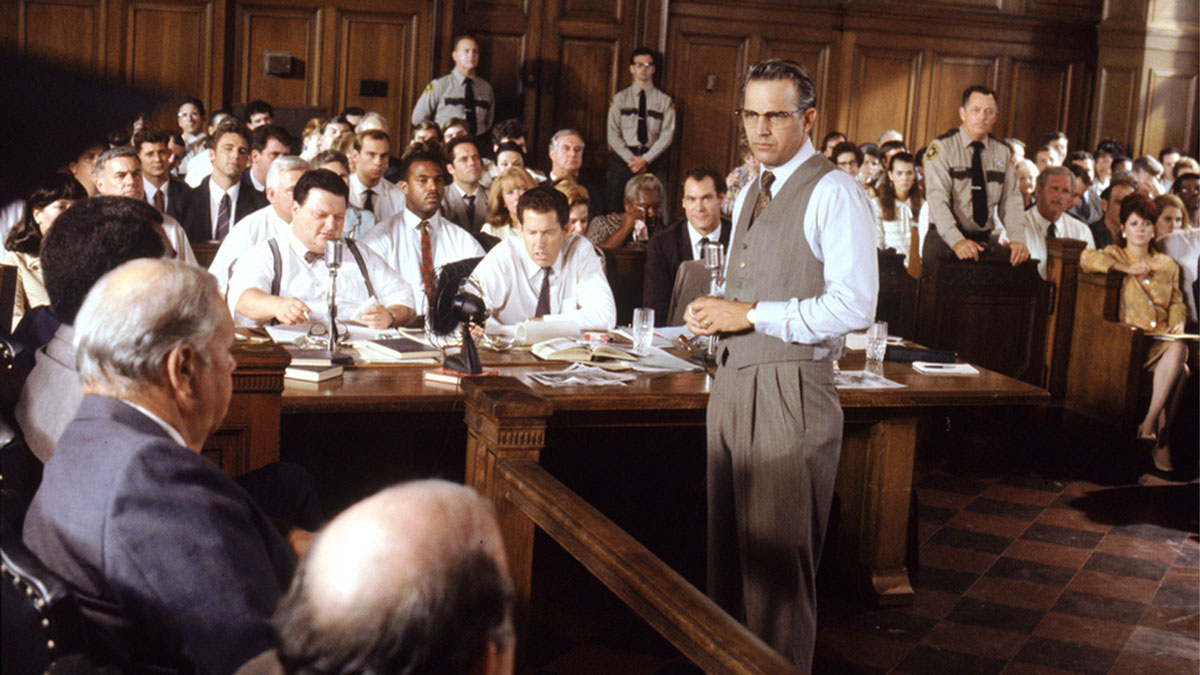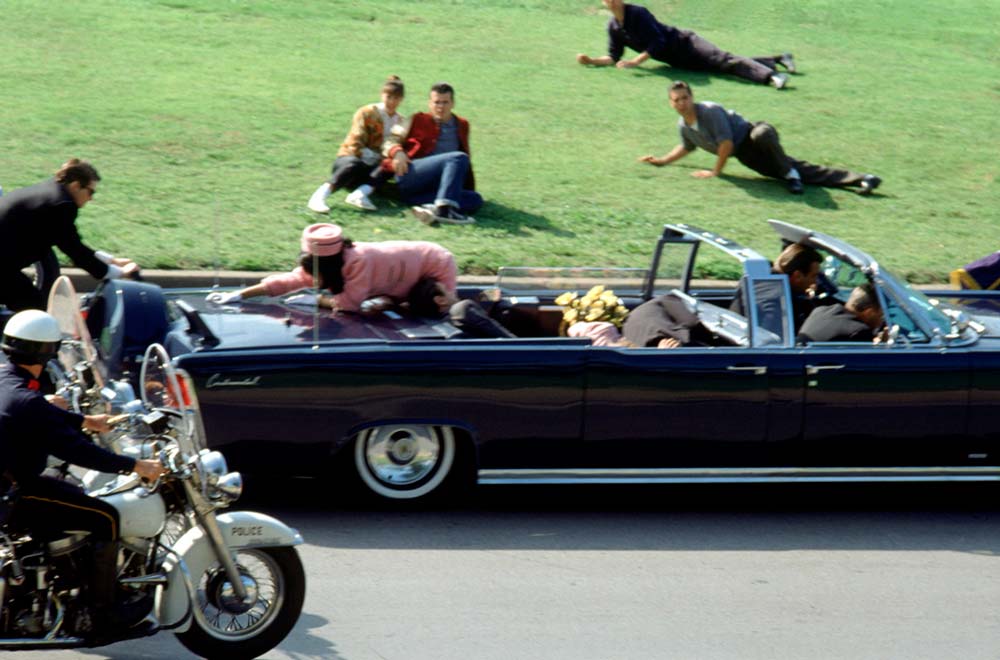
(C)2016 Twentieth Century Fox Home Entertainment LLC. All Rights Reserved.
``JFK'' orchestrated bashing, Oliver Stone's challenge to the Kennedy assassination, Part 2
2021.01.02
“JFK” synopsis
November 22, 1963. The 35th president, John F. Kennedy, was assassinated in Dallas, Texas, shocking the nation. Less than two hours The Day After, it was announced that Oswald had been the sole perpetrator of the assassination, but Oswald was shot to death while being escorted. New Orleans District Attorney Jim Garrison, who has doubts about the Warren Commission's findings, launches his own investigation to uncover the truth. But mystery begets mystery. Jim Garrison takes on deep, heavy, and formidable puzzles. It was the beginning of a long battle with the United States, and the beginning of a rift with his beloved family.
A multifaceted examination of the difficult journey Oliver Stone took to complete the movie ``JFK'' (1991). The approximately 25,000-word article will be published in three parts: the first part, the second part, and the second part. This article is the middle part.
*Click here for the first part
Index
- The threat of production cancellation and O. Stone's good fortune
- A series of pre-release bashings
- Was O. Stone involved in sabotaging the Kennedy assassination film?
- A three-hour film shot in 79 days
- The magic of editing that mixes reality and fiction
The threat of production cancellation and O. Stone's good fortune
From the moment it was announced that he was going to make a movie about the Kennedy assassination, Oliver Stone became more vigilant. He feared that some kind of interference would occur. He checked his office twice to make sure it wasn't bugged, and he made sure he wasn't being followed every time he got in his car. He felt a little relieved after Warner Bros. decided to make the movie, but he was still nervous.
And then, the dreaded incident finally occurred.
On the third day after filming began, while they were preparing to shoot the scene of Kennedy's assassination at Dealey Plaza, a window pane suddenly fell from the sixth floor of the Textbook Depository Building, the scene where the president was shot. About 30 extras were waiting on the ground, and if they were hit directly by the huge glass, they would be killed. Even if they were lucky enough to avoid it, the glass would smash to the ground and shatter, turning into countless sharp weapons that would attack people nearby.

Stone recalled that moment as follows: "I was standing at a distance, and all of a sudden the windows of the building blew out and started falling on the heads of the extras. For an instant, everyone was imagining newspaper headlines like, 'The Kennedy Curse Continues,' or 'Twenty Extras Dead,'" (Weekly Bunshun, March 12, 1992 issue). Kevin Costner also testified about that moment, saying, "It was an incident that could have put an end to the entire project" (Oliver Stone).
Fortunately, a sudden gust of wind blew the glass just a few meters away from piercing the extras on the ground, causing it to float gently to the ground and miraculously no one was injured. It is unclear whether the glass fell accidentally, was the result of a staff member's mistake during work, or was some kind of interference.
At that moment, Costner, who had been watching in amazement, looked at Stone who was standing nearby. Instead, Stone just nodded slightly and ran off to give further instructions to the staff. Costner thought Stone was a man who didn't appreciate good fortune, but although Stone pretended to be calm, he was secretly suppressing his joy, thinking, "That's what I thought. My luck has turned. We'll survive, and we'll make it to completion" (Weekly Bunshun).

